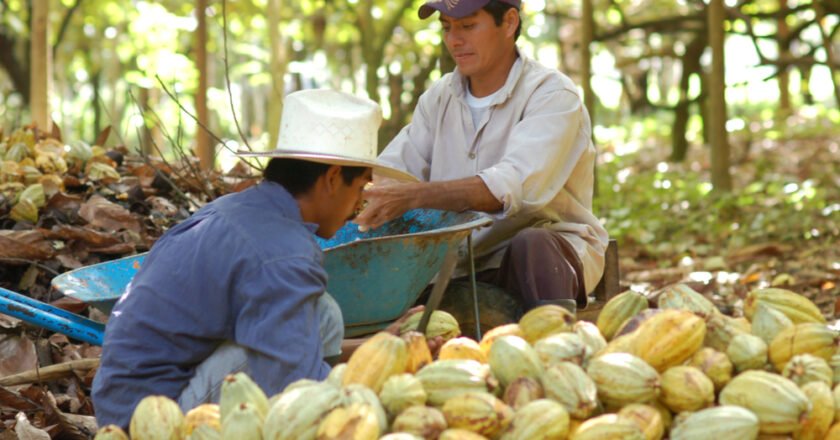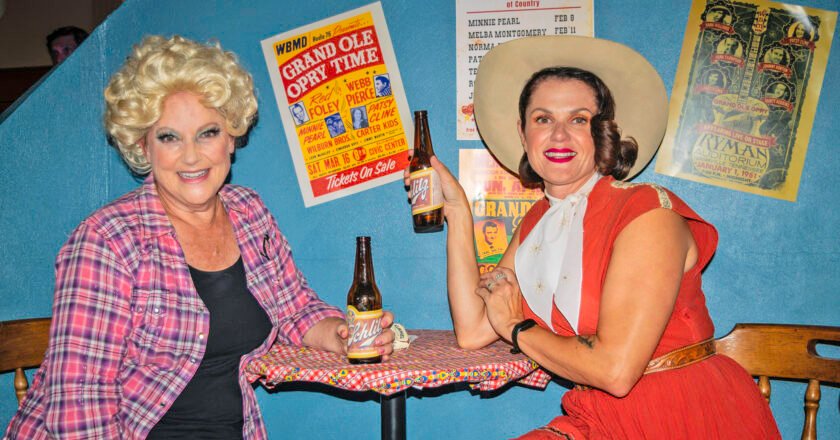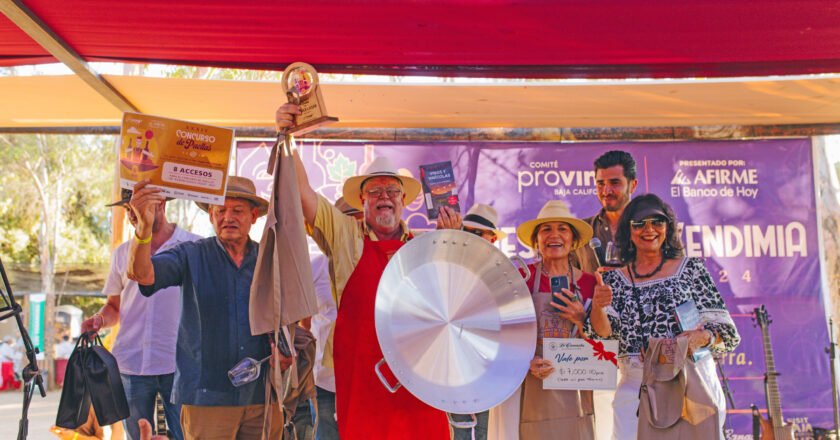The Wavve, a new luxury residential project by Estrategia Urbana, has officially begun construction on the scenic toll road to …


The Wavve, a new luxury residential project by Estrategia Urbana, has officially begun construction on the scenic toll road to …

Move over boys, there’s a new leadership trend sweeping Baja California—one led predominantly by women, and it’s a major shift. …

If you’ve felt a little extra rumble under your flip-flops lately, it’s not just your margaritas going straight to your …

Lights, camera, action! The first edition of the Valle de Guadalupe Film Festival is kicking off with a well-deserved tribute …

Ladies of Baja, it’s time to dust off your best yoga pants and get ready for a day that’s all …

It’s that time of year again—when the air is filled with the smell of tacos, the crackle of fireworks, and …

The Autonomous University of Baja California (UABC), through its School of Enology and Gastronomy, has officially announced the 2024 edition …

Every year, September 13th marks a sweet occasion that resonates with chocolate lovers worldwide—International Chocolate Day! This delightful day pays …

BY MARTINA DOBESH Amazing talent hides out in Baja’s coastal hills. Seldom are we treated to having so many gathered …

BY LUISA ROSAS If you’ve ever wondered what happens when you mix a competitive spirit with delicious food and fine …